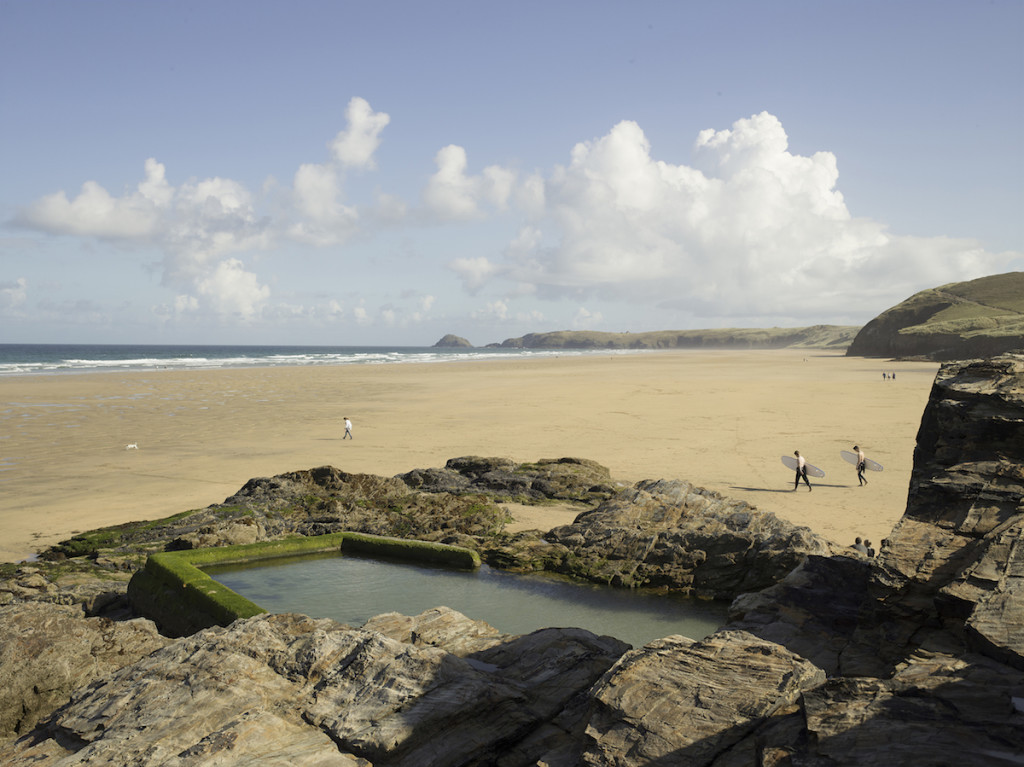

A land hermit crab spotted in Chennai uses an old snail shell as a mobile house. Happy tidepooling! An octopus goes about its evening on a rocky shore adjoining Juhu Beach, Mumbai. This visual exploration of tide pools across India’s coastline shows you what you might encounter if only you know where to look. Besides, there are venomous animals as well, and something that looks beautiful and harmless could lead to a lot of pain if trifled with. Another important thing to keep in mind: do not pick them up it causes them needless trauma. Tread carefully, for they’re far tinier than you think and can get hurt easily. But remember that it is probably in the middle of an activity-creatures you meet here are predator or prey, building homes, or making babies. Tidepooling is a rewarding wildlife experience you’re literally in a creature’s house. All these spaces are living, breathing homes for thousands of creatures. Through this visual story, you stroll down sandy beaches, navigate rocky shores, as well as slush through muddy intertidal areas-in different regions of India. Hence, the activity of looking into these pools for marine creatures is called ‘tidepooling’. On a rocky shore, you’ll see small basins of water left behind, forming tide pools.


Octopuses, jellyfish, corals, sea anemones, crabs, and many more creatures-feeding, hunting, mating, or just resting-grant us a sneak peek into their lives for a brief window at low tide. As the water rushes back into the sea, a secret ecosystem of marine life reveals itself. But when the tide retreats, it uncovers the coastline’s hidden treasures. Usually, we experience the beauty of beaches at high tide, when waves swell, rise, and crash against the shore. It’s the stretch of land that’s above water level only at low tide. Coastal areas have a special safari option that few travellers know about: the intertidal zone. While it’s the meeting point of land and sea and enables livelihoods, it is also home to diverse wildlife that you have probably never stopped to witness. India’s 7,500-kilometre coastline is a world unto itself. It is a common sight on Mumbai’s seashores when monsoons approach. Text by Sejal Mehta & Abhishek Jamalabad A porpita porpita, commonly known as a blue button, is a close relative of the jellyfish. The next time you travel to a coastal destination in India, set aside a few hours to get acquainted with the stunning marine civilisations that hide in plain sight.


 0 kommentar(er)
0 kommentar(er)
